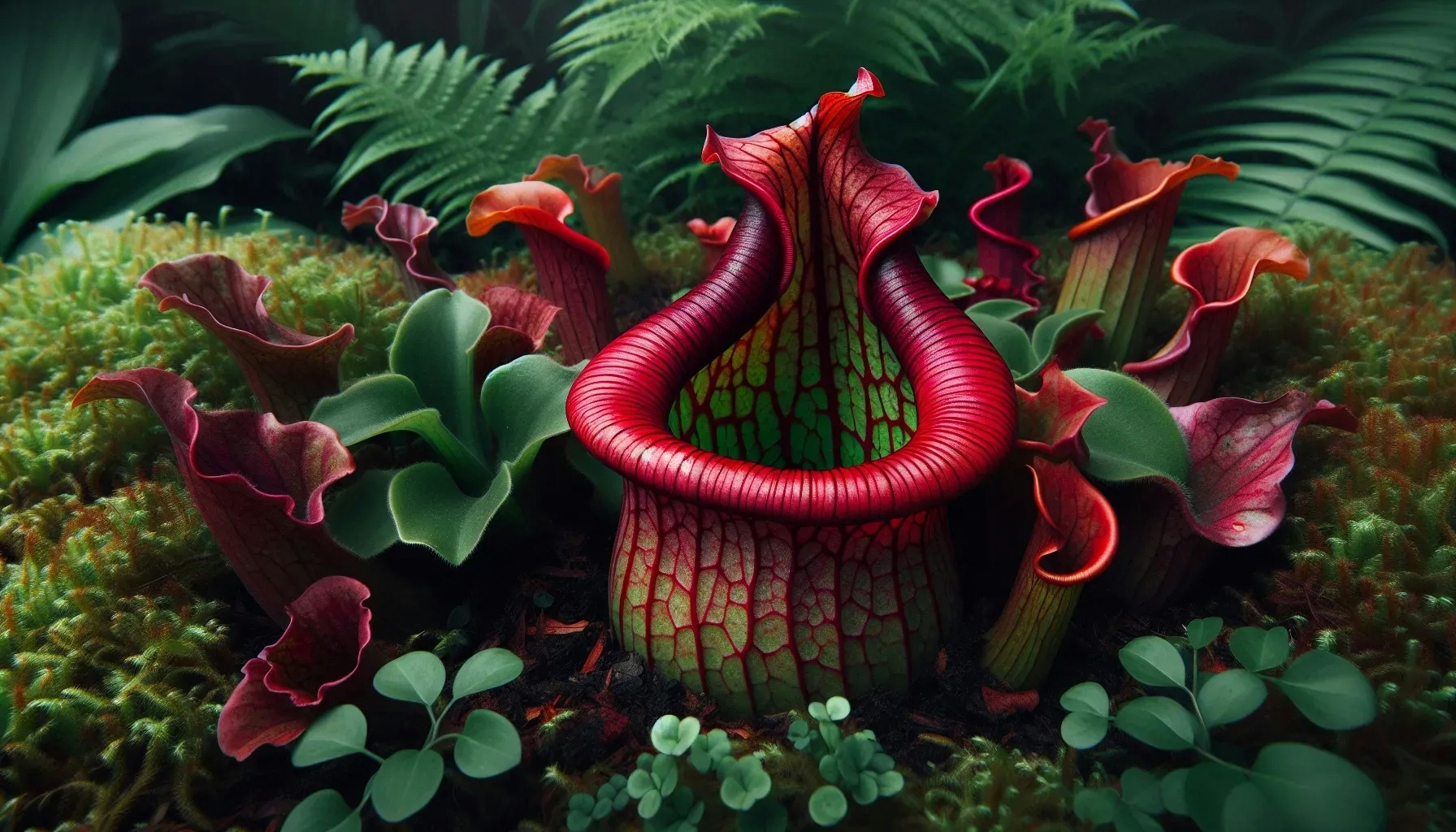What Rare Or Unusual Plants Have Landscape Architects Cultivated?
Gardening.guru

What Rare Or Unusual Plants Have Landscape Architects Cultivated?
From the rare New Zealand Rock Lily nurtured by an experienced Arborist to the enchanting Lotus Flowers flourishing in aquatic landscapes, horticulturists are the caretakers of botanical rarities. Alongside expert insights, we've gathered additional answers that unveil the dedication and specialized care these unique plants demand. Discover the diverse and unusual flora that these green-thumbed professionals have brought to life and the extraordinary measures they take to sustain them.
- Cultivating the New Zealand Rock Lily
- Exotic Epiphytes in Vertical Gardens
- Wollemi Pine: A Prehistoric Wonder
- Ghost Orchid: A Cultivation Achievement
- Carnivorous Plants in Urban Rain Gardens
- Lotus Flowers in Aquatic Landscapes
Cultivating the New Zealand Rock Lily
Cultivating the New Zealand Rock Lily (Arthropodium cirratum), also known as the Renga Renga Lily, presented a unique opportunity to explore the diversity of plants native to New Zealand. This plant, admired for its star-shaped white flowers and lush, green foliage, thrives in conditions that mimic its coastal and forest habitat, requiring well-drained soil and partial shade. To ensure success, I incorporated a mix of organic compost into the soil to improve drainage and applied a mulch layer to retain moisture without waterlogging the roots. Regular watering, especially in dry periods, and a sheltered position to protect it from harsh sun and wind were crucial. The effort to recreate its natural environment paid off, resulting in a thriving specimen that added a touch of New Zealand's natural beauty to the garden. This experience underscored the importance of understanding and respecting the native requirements of plants to achieve horticultural success.

Exotic Epiphytes in Vertical Gardens
Landscape architects have utilized vertical gardening techniques to incorporate exotic epiphytes, which thrive without the need for soil, growing instead on other surfaces like walls. These vertical gardens not only add aesthetic value to urban structures but also contribute to biodiversity and the purification of air in metropolitan environments. They transform bland facades into living, breathing ecosystems.
Some species used in these vertical gardens include orchids and ferns native to tropical forests, which are both beautiful and unusual in their structural compositions. To see these fascinating adaptations for yourself, seek out local buildings featuring vertical gardens.
Wollemi Pine: A Prehistoric Wonder
Among the achievements of landscape architects is the cultivation of the Wollemi Pine, a living fossil that dates back to the time of the dinosaurs. The Wollemi Pine was considered extinct until its accidental discovery in 1994, and now it has found its way into modern landscapes due to its unique history and rarity. These pines add a prehistoric charm to gardens, inviting onlookers to delve into the plant's ancient legacy.
This conifer's distinct bark and foliage make it not just a conservation success story but a talking point for any garden featuring it. If you're interested in ancient flora, explore gardens where Wollemi Pines are cultivated.
Ghost Orchid: A Cultivation Achievement
Landscape architects have also engineered specialized soil compositions to support the growth of fragile species like the Ghost Orchid. This elusive plant, known for its spectral appearance and the challenging conditions required for its growth, is a testament to human ingenuity in mimicking the orchid's native swampy habitats. By creating the perfect balance of moisture and organic material, these architects facilitate the survival of a plant that few ever have the chance to see in the wild.
The Ghost Orchid, once thought nearly impossible to cultivate, is now accessible through the miracles of science and dedication. To marvel at this ethereal bloom, visit botanical gardens that focus on orchid conservation.
Carnivorous Plants in Urban Rain Gardens
Introducing carnivorous plants into urban settings, landscape architects have added an intriguing and functional element to rain gardens. These plants are not only known for their unique method of obtaining nutrients, by trapping and digesting insects, but they also contribute to reducing the mosquito population, creating a more pleasant environment for city dwellers. Carnivorous plants like pitcher plants and Venus flytraps offer an engaging way to learn about nature's complexity and the diversity of survival strategies among flora.
Rain gardens featuring these captivating species provide an educational and interactive experience. Check out nearby rain gardens to see these astonishing plants in action.
Lotus Flowers in Aquatic Landscapes
In addition, landscape architects have integrated the rare and exquisite Lotus flower into their aquatic designs. This flower is renowned not only for its stunning blossoms but also for its ability to rise above the water's surface, symbolizing purity and enlightenment in many cultures. Incorporating the Lotus allows for the creation of tranquil, meditative spaces in otherwise bustling urban environments.
Through careful selection of water conditions and mindful placement within ponds and lakes, these experts provide a serene spectacle. For a moment of peace and visual delight, visit gardens that feature the Lotus in their aquatic landscapes.